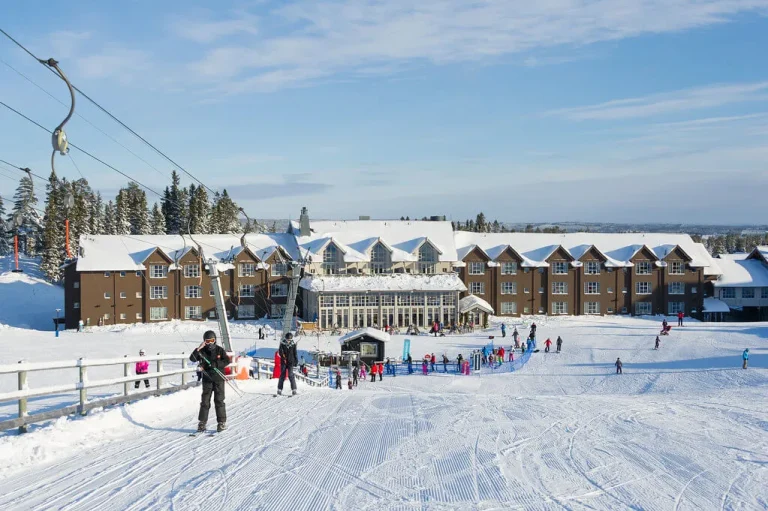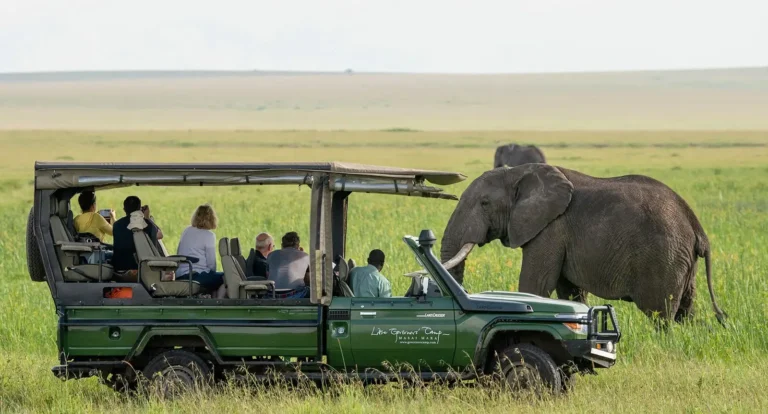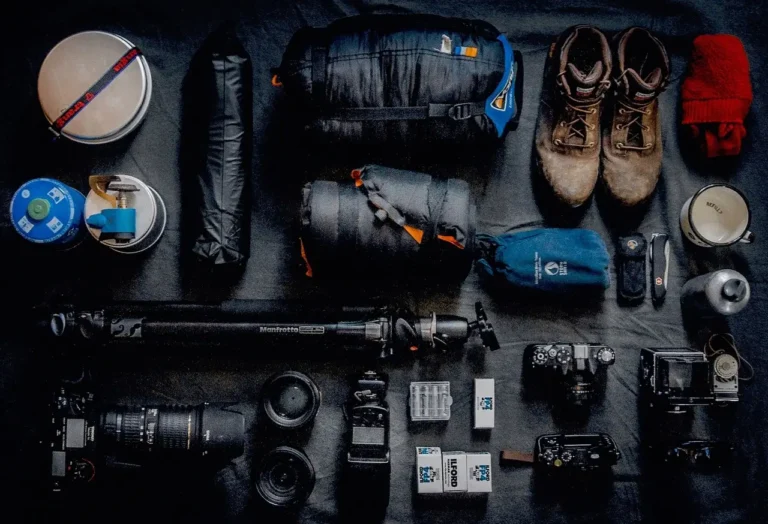Important Factors to Consider during Bear Viewing in Alaska
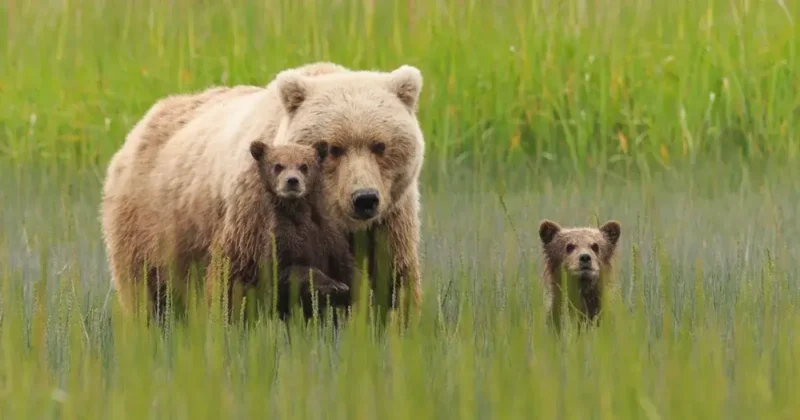
Alaska and bears go hand in hand. The highest concentration of bear populations is believed to be in Alaska. Hence, travelers to Alaska can view bears moving about freely in their natural habitats.
Alaska is home to bears of all kinds, including grizzlies, brown bears, black bears, and polar bears. So, bears often prowl around, seen and unseen, not only in the wilderness but also through the spaces around us.
Admiralty Island is known as “Bear Island” and is home to over 1,600 grizzlies. There is one bear per square mile, and that makes your trip more enjoyable while you are in Alaska.
The Katmai National Park is another site for viewing the grizzles feeding on salmons. It’s a feeding area, and you can view these magnificent animals.
And to make the most of your Alaskan bear watching trip, practicing a few bear-watching etiquettes will improve the quality of your bear-watching experience with minimal impact on the animals and their habitat.
Essential Factors to Consider during Bear Viewing in Alaska
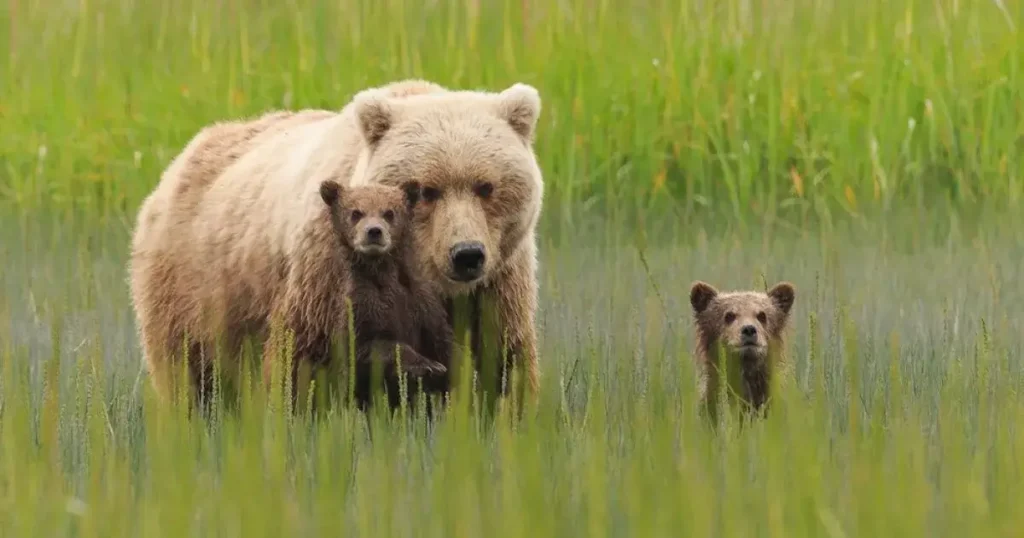
As a bear viewer, here are some of the simple rules to follow during bear viewing in Alaska
- Display courtesy and learn about bear behaviors and their needs before visiting them.
- Choose an open viewing area and avoid bedding areas that reduce visibility.
- Avoid thick bushes. Terrain and vegetation make it difficult to view bears.
- Opt for an elevated site.
- Avoid bear-feeding areas.
- Move slowly. Your movement should be consistent and predictable.
- Be responsible with your food and garbage as you near the viewing area.
- Do not feed any wild animals, including bears. It is strictly forbidden according to state law.
- Be alert of your surroundings and track signs and travel routes
- Maintain silence while entering and leaving the viewing area. Avoid making any noise.
- Do not go too close to the bears. Bears can react to things they encounter as a threat.
- Be cautious of areas where you smell carcasses of fish or other animals, possibly. You are near a bear’s food.
- Remember, animals deserve your courtesy and stewardship.
- Do not run if you come close to a bear. Bears can run much faster and can chase fleeing animals.
- Be respectful to animals and human beings.
- Seek professional help. You may contact bear viewing in Alaska to make your bear-viewing tour in Alaska outstanding.
- Evaluate the situations when bears react to your presence.
- Maintain personal hygiene by properly disposing of items such as toilet paper or disposal of food items.
- Leave the bear-watching area neat for the other viewers.
- Follow the instructions and advice of your guide, and do not ask for additional special privileges.
You may also check out Steps on How to Fund Your Travel Adventures This Year
Please note that every human visit to bear areas impacts the bears and their habitat. Multiple viewings can cause stress in the bears. Hence, make sure you avoid making any noise or talking loudly.
If you encounter a bear during your Alaskan bear viewing trip, remain calm, do not react, and quietly observe what the bear is doing. Most bears are only interested in protecting their cubs and food. Once they feel there is no threat, they will move on without attacking.
Bears are not a threat to any human being. When you plan to travel to a bear country, you must stay alert and enjoy this opportunity to view these beautiful animals in their natural habitat.
These creatures deserve your attention and respect. So, while visiting bear country, please make the most of every opportunity to see this magnificent animal in its natural habitat.
The best time to see these creatures is from spring to summer. Hence, you can plan your trip around July to September.

